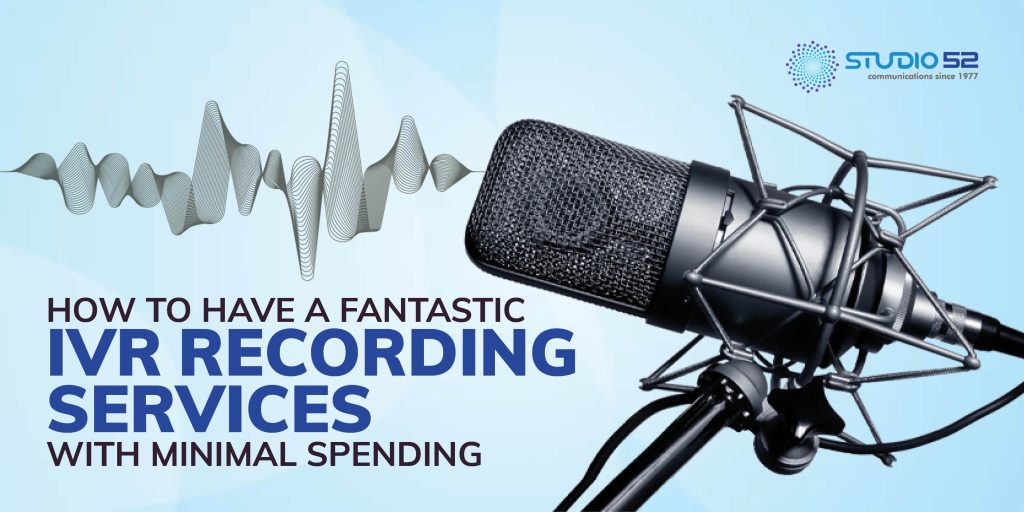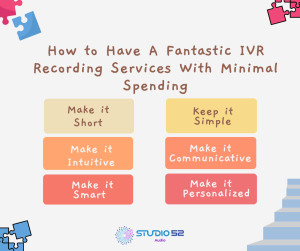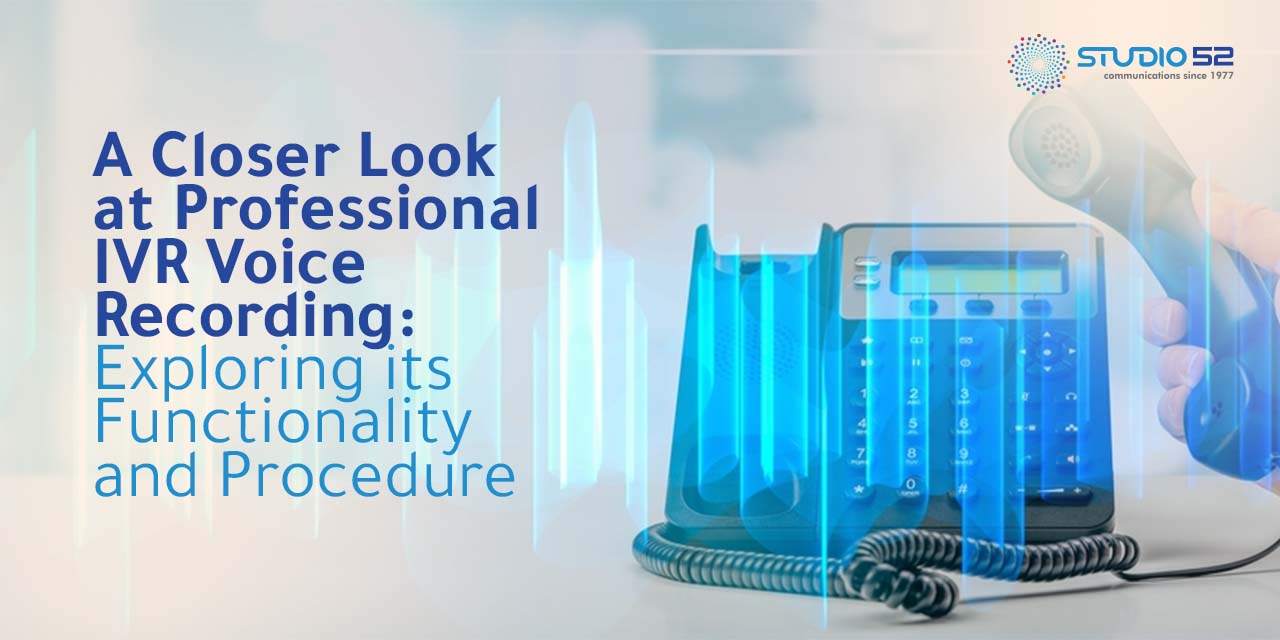An IVR (Interactive Voice Response) system is an automated system that allows users to interact with a call routing system. The purpose of IVR is to help your customers find the desired information independently, thereby avoiding unnecessary contact and resolving queries in less time. It is a technology widely used in call centers and customer service departments today. It is primarily for call centers because it allows automated agents to interact with users through the use of voice or dialing.
Current IVR technology provides a tree of voice menus and is guided by the caller’s responses in order to send the call to the most appropriate or corresponding extension.
There are two main types of IVR depending on the use and operation that they will have:
Table of Content
IVR for Self-Service
Smart technology with IVR offers fully automatic call management, making it easy for businesses to handle more of these calls at no added cost. It identifies and manages queries from users or customers or contacts them completely automatically, although it is always possible to transfer the call to the corresponding agent or department.
Agent-Assisted IVR
It is a combination of an automated IVR with the knowledge of call center agents to optimize operating costs and offer the best service. The IVR collects information to help the agent deal with the caller efficiently and successfully.
Benefits IVR offers Businesses
Undoubtedly, the IVR system has been an achievement for managing customers efficiently and reducing costs, which is why it has many advantages for companies, such as reducing waiting times for calls, providing customer service suitable for companies 24 hours a day, facilitating the 24×7 support that is so demanded and used today, and the ability to manage a large number of calls.
IVRs represent a great tool for companies to reach all their customers, retain and expand them, and offer quality interactions while reducing costs.
Introducing an IVR system in a company is a source of benefits and improvements in customer service, which always translates into business volume, improving customer satisfaction through this new channel, which is faster and more accessible at any time of the day and from anywhere.
Also Read: 3 Major Benefits of Interactive Voice Response System For Businesses
These are the main benefits of the IVR system:
- Cost Reduction
The IVR system reduces the expenses of a company since it involves a saving on personnel. Directing the call to the most appropriate department or agent reduces call time and is much more efficient and satisfying for the customer.
- Automate Customer Service
IVR software allows companies to offer a self-service mode for customers to solve their own queries if they are very simple instantly, finding the answers to questions without actually interacting with a person when the solution or answer is very basic.
- Increase Efficiency
Customer Self-Service through voice menus, voice commands, and touch-tone phone controls reduces the number of agents needed while increasing service availability and improving customer service.
- Combine Self-service and Assisted service
The IVR system guarantees a more unified and accurate user experience, regardless of the type of initial interaction and the changes that have occurred. A complete contextualization of the call allows the agent to have access to all the data collected by the IVR, thus improving caller satisfaction and FCR (First Call Resolution) rates.
- Facilitate 24/7 Support
IVR systems facilitate 24/7 service, a support today that is increasingly in demand in all sectors. It guarantees that customers will receive attention whether they call during a busy period or if they call after hours.
- Contact with customers proactively
Establish an automatic connection with your audience in a proactive and personalized way. IVR services can be used in outcall campaigns to offer customers products and services.
- Improve the Image of the Company and Its Customer Service
IVR software makes sure that not all calls are routed directly to live agents, as more than half of support calls are unnecessary. Plus, you can record your business details that your customers frequently ask about, like business hours, office address, and more. In this way, the support team can attend to more valuable calls; prerecorded messages can answer calls that need such information.
Popular IVRs have an auto-routing feature that can give customers the option to listen to pre-recorded information or speak to a live agent. It helps to improve the image of the company since these systems resolve queries on the first call very quickly and easily.
Challenges with Getting an IVR for Your Business
IVR is a technology that is not yet perfect and is constantly improving. Therefore, it cannot fully supply the functions of a human. There is still a long way to go on this!
If not well implemented, the IVR can confuse your customers and may not fully respond to their needs, resulting in a worse brand experience. Also, a poorly mechanized recording can give them the impression that their needs are being neglected by humans and left in the hands of machines, insensitive to their concerns. A 2019 Small Business Trends study showed that 61% of callers felt the IVR system had a bad effect on their experience
What do this 61% hate the most? The majority think that having to listen to irrelevant options or very long menus, and approximately half think that it prevents them from contacting a real person.
Therefore, we must ensure that the IVR is well thought out to provide solutions rather than answers, and in a way that is as similar as possible to what a customer service advisor should do: with empathy.
Another challenge with getting an IVR is the fact that it competes with more digital channels than before.
It not only competes with traditional channels but also with certain options, such as live chat from the website or platforms like WhatsApp, which are becoming preferred options for various sectors of the population.
These new digital channels allow us to offer a range of options adapted to the preferences of each public to ensure immediate and satisfactory responses. Depending on the new habits of the new generations, each one will position itself in the preferences of consumers.
How to Have Fantastic IVR Recording Services With Minimal Spending
To have a great IVR recording on a budget, your IVR system must be enhanced. It is important to optimize the IVR menu with a few options. These are simple tips that ameliorate your IVR system
- Make it short.
Implement a very short welcome message to raise the query as quickly as possible. About ten seconds between the collection of information and a response to the query should suffice. Allow experienced users to select their reason without having to listen to all the messages: implement “shortcuts” and the possibility of interruption by DTMF or voice. Detect your customer and offer him the first thing that is most likely or the most useful for him.
- Keep it simple
Limit the number of options in DTMF technology or voice recognition. Maximum four options per menu, if possible. In any case, most people will listen only to the first options and deliberately make the wrong decision to avoid your IVR.
Instead of many options, use submenus, but keep it as flat as possible. Implement natural language technology when you have a large number of routing points or calling reasons (more than twenty).
Limit the amount of information to be remembered by your customers, or else make it easy to remember and provide (example: unique identifier).
- Make it Intuitive
Present the most commonly selected or important items first. Introduce the menu function first, then tell him which key or word activates it.
Use “customer-centric” vocabulary instead of being too technical or too business-oriented: guide your customers in the right direction; don’t lose them.
Use verbs for actions (“give an order”) and common nouns for concepts (“help”), and always the same throughout the dialogue. Avoid long pauses or silences between menus, as they will confuse users.
- Make it Communicative
Select the voice and music that communicate your brand or the “sound signature” used in other channels (TV commercials, radio, Internet videos, etc.)
Disseminate important messages: promotion, news, personalized information (hours, address, etc.)
- Make it Smart and Personalized
Use the context and knowledge of your customers to jump through the IVR as quickly as possible.
Avoid dead-end routes by all means. Use caller ID and CRM information to deliver personalized messages and routing strategies. If you can’t use caller ID, use customer IDs, case IDs, order IDs, etc. Especially handle repeat calls and repeat callers.
Bottom Line
Interactive Voice Recording, or IVR, system makes it easy for users to select, through the keys of their terminals or voice options, the extension to which they want to go or where they can better attend to said query. By pressing the button or mentioning the option, the system sends a DTMF tone to the company’s service system so that it selects the default response.
At Studio 52, we avoid using more labor-intensive measures and lean towards the resources that facilitate them. An interactive voice response (IVR) system is a good step, as there is still a long way to go until a full transition is made. Bottom line, if you want your company to use automation as a cost-cutting measure, call Studio52 now for help.







